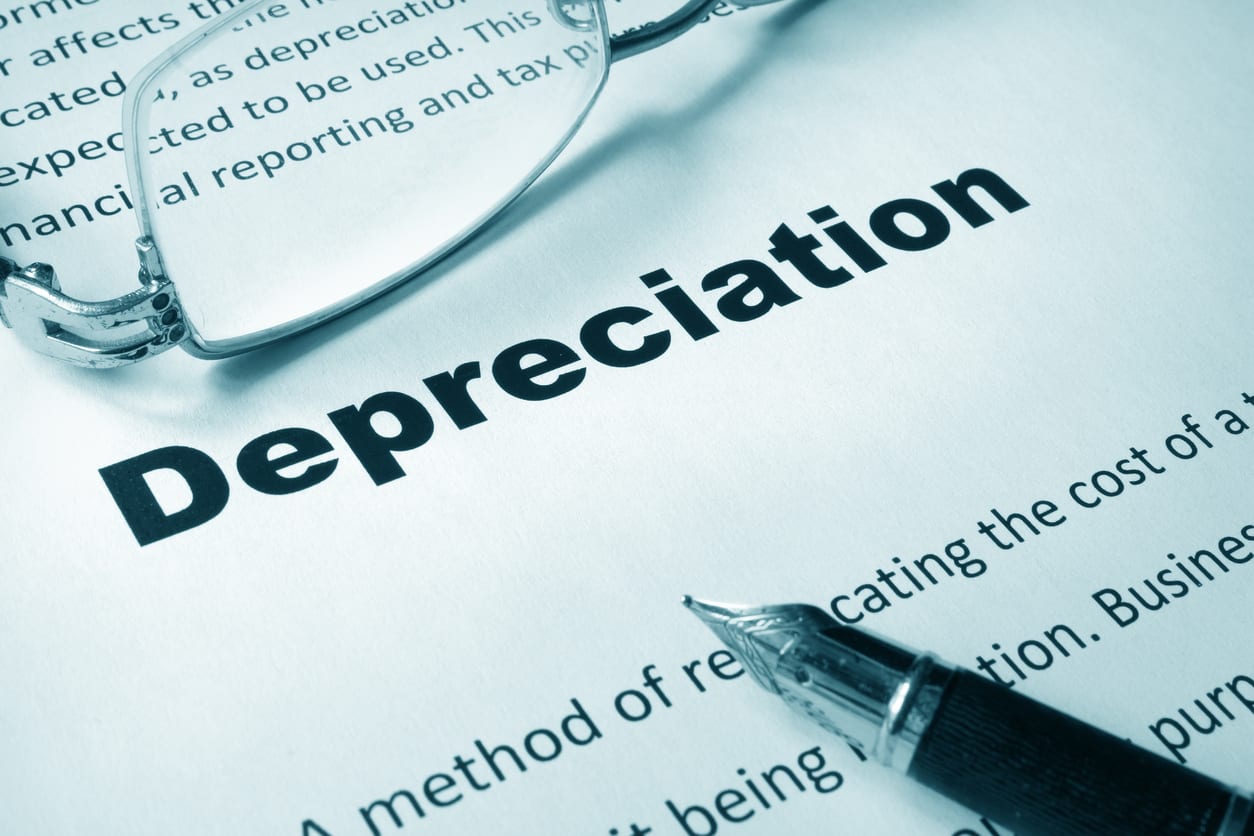By Jacob Dayan
Things that sound bad for your business can actually be good for your taxes.
Case in point: depreciation.
Depreciation is the devaluing of an asset over time due to age or wear and tear. Alas, there’s no avoiding this, just like the effects of aging on the human body.
Thankfully, the IRS lets you deduct this loss of value from your business income. As a small business owner, this is a tax benefit you simply can’t ignore.
But how do you take the best advantage of depreciation? First of all, know that depreciation can be kind of complicated, so many entrepreneurs seek professional help for best results. Regardless of whether or not you have a tax professional, it’s important for small business owners to have a basic understanding of depreciation deduction opportunities as these can have a valuable impact on purchasing decisions.
The Long & Short of It
Assets fall into several categories that determine their useful life for depreciation purposes:
- Three-year property: Think of large equipment and manufacturing machinery or tools. Things like a tractor or a new drill press.
- Five-year property: This category is for things like new office computers and equipment. Also, a business car or light truck would be depreciated in this category.
- Seven-year property: This category is for things like office furniture and appliances. Many other items that really don’t fit into the 3 or 5-year category will fall into this one.
One note about land. Land does not depreciate but land improvements and landscaping expenses do. So that investment in a few acres can’t be depreciated, but any of the work you do to that investment can be depreciated over 10, 15, or 20 years depending on the nature of the improvements.
Real-estate purchases for rental purposes are written off over the longest period of time. For example:
- Residential rentals are depreciated over 27.5 years.
- Commercial properties are depreciated over 39 years.
Major Depreciation Opportunities
The federal government created Section 179 and the Special (a/k/a Bonus) Depreciation Allowance in response to the Great Recession. Section 179 had been extended on a year-by-year basis, creating unnecessary uncertainty for small businesses until December 2015, when Congress made Section 179 a permanent deduction. Congress also extended Bonus Depreciation, with a wind-down schedule, through 2019.
Whereas typical depreciation deductions happen over the useful life of an asset, both of these allow you to take a massively accelerated deduction the first year you place an asset in service of your business. If you’re operating a profitable business in need of both new equipment and tax breaks, consider:
- Section 179 – This was designed to encourage business owners to invest in new equipment as a way to help stimulate the economy. Items that qualify include machinery, equipment, light trucks, software, office needs (refrigerator, printing press, laser cutter, etc…).
- Bonus Depreciation – The next deduction to think about is the Special Depreciation Allowance that you can take on any new piece of equipment put into service for a given tax year. This allows you to take an additional 50% special allowance, one time, on the qualified piece of equipment.
- MACRS – Modified Accelerated Cost Recovery System can still be used for a more traditional depreciation schedule, especially if your business isn’t earning substantial profits this year but you expect it to in the future. The IRS explains how to calculate your depreciation deduction based on type and schedule.
The best part… You don’t have to make an either/or decision. You can use all three of these deductions in the first year you place a new asset in service.
An example of these three deductions at work together:
ACME Corp. bought and placed in service in the third quarter of the tax year a new piece of equipment that falls into the 3-year property category.
- Item’s actual cost: $600,000
- Section 179 deduction: $500,000 (maximum allowed)
- Special Depreciation Allowance: $50,000 [50% of $100,000 ($600,000 − $500,000)]
- Cost basis after the Section 179 deduction and special depreciation allowance: $50,000 ($100,000 − $50,000).
- MACRS deduction using the IRS percentage tables: $12,500
- Total year one deduction: $562,500
As you can see, the total deduction available for newly-purchased equipment makes for a significant cost savings in that tax year, with far less depreciation allowance available in future years.
Thanks to these special provisions, depreciation can be your most valuable source of tax deductions. Don’t be afraid to take advantage.

